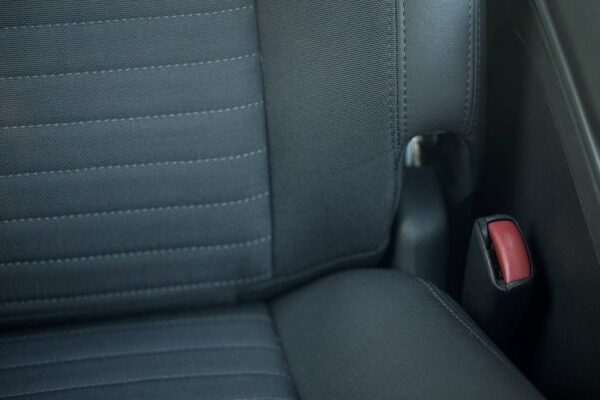
Nothing can change the appeal of your car’s interior quite as fast as torn upholstery. One little rip or burn can change the look of your car – especially when the rest of the interior is in great condition.
But before you spring for matching seat covers or start checking prices to have your seats reupholstered, check out these simple steps for restoring your car’s interior that are also easy on the bank account.
1. Assess the damage
The first step in car upholstery repair is evaluating the extent of the damage. If you have a hole or tear in leather upholstery, it might not be able to be repaired. Also, if the damage extends to the seat belt or other safety equipment, you’ll want to bring in a professional – don’t try tackling any repairs that affect the safety of your car.
Keep in mind, that while you may be able to fix a tear, you won’t be able to make it “like new.” So if the tear is in a highly visible area, or if you plan to keep your car for many years, it may be worth the investment to get it professionally repaired.
2. Sew town areas
For cloth seats, there are several ways to make quick repairs. If you have a simple tear, invest in a curved upholstery needle and buy some extra-strong thread that is designed specifically for use on upholstery. Make sure the color matches your seats, and then stitch it together. (If you haven’t done sewing repairs before, you might want to practice on another piece of fabric until you get your stitch perfected.)
When you’ve completely closed up the tear, use a fabric sealant to paint along both sides of the repair to make sure the area doesn’t fray.
3. Patch small holes
Holes in cloth seats are also fairly simple to repair, as long as they’re smaller than two inches. The kinds of holes left by cigarette burns or animal damage can usually be fixed by using an interfacing that adheres to the fabric when heated. Find a fabric that closely matches the color and texture of your car upholstery, and buy fabric adhesive from your local craft store.
Then measure the size of the hole and cut a piece of fabric that is just large enough to cover the hole with a small amount of overlap. Make sure that when you cut the fabric, the edges are even and the fabric makes a neat square.
Cut a piece of the fabric adhesive that’s larger than the hole, then tuck it into the torn area and put the fabric patch on top of it. Follow the directions on the adhesive and use an iron to heat the fabric and the adhesive. They should bond together and the adhesive should stick to the interior of the cloth.
4. Buff out scratches in leather
Leather, unfortunately, is a different animal and cannot be repaired as easily as cloth. However, if you are only dealing with scratches, you can use a high-quality leather conditioning cream and try buffing it out.
If that doesn’t work, a small amount of spray lacquer applied to the scratched area may help restore the look of the upholstery. Always follow the manufacturer’s guidelines and remember to take your time – it’s better to have to repeat the process until you get the right look than overdoing it the first time.
You also may be able to contact your car dealer for a repair kit that is designed specifically for your car’s interior.
With or without scratches, your leather seats could benefit from a good cleaning. Here’s how to clean leather seats yourself using just a few simple items.
To help you make informed decisions about repairs, trade-ins, and insurance coverage, find out the value of your car with a car depreciation calculator.



